What is Madagascar Vanilla? - Introduction, Flavor, Uses and More
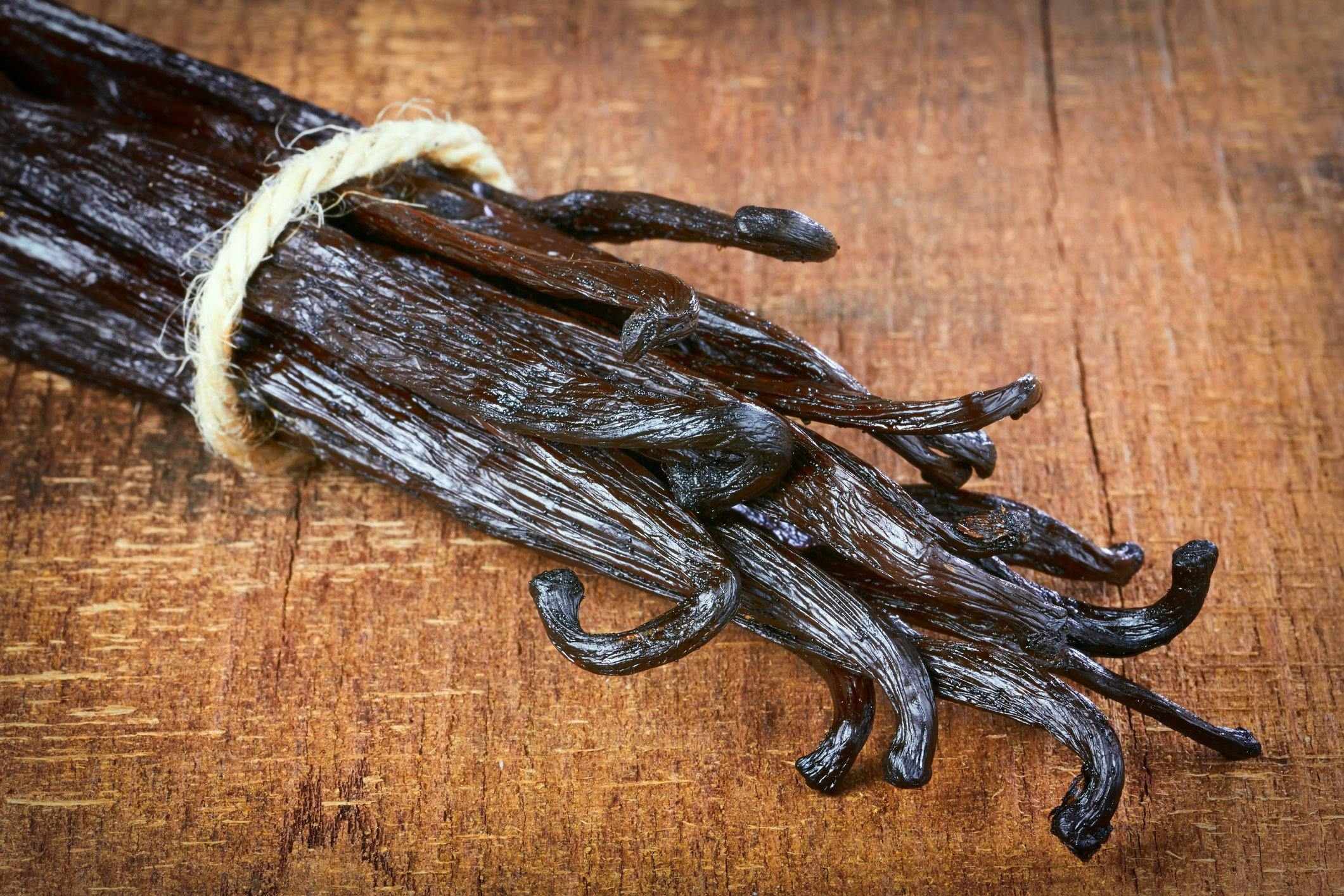
Vanilla is one of the world’s most costly spices.
It has a distinct flavor and you can commonly find them in drinks, ice creams, cakes, cookies, custards, and a variety of other sweet meals. Orchids are flowering plants that give vanilla its flavor. They’re Mexican natives. You can find plants for vanilla in Uganda, Indonesia, Tahiti, and Madagascar, among other areas across the world.
The diverse species of vanilla plants, temperatures, soils, and production methods all contribute to vanilla beans’ distinct flavor and features.
Vanilla beans have a sweet, slightly flowery, and woody flavor.
Planifolia, pompona, and Tahitians are the three most common varieties of vanilla plants used in vanilla production. Cultivation of planifolia takes place in Mexico and Madagascar. Pompona grows in Central America, South America, and the Caribbean.
The predominant organic component in vanilla beans is vanillin, which is responsible for the vanilla’s characteristic flavor. Vanilla beans, on the other hand, contain over 250 distinct compounds.
As a result, vanilla beans can have a variety of flavors, including fruity, flowery, and spicy.
What is Madagascar vanilla, and how does it differ from imitations?
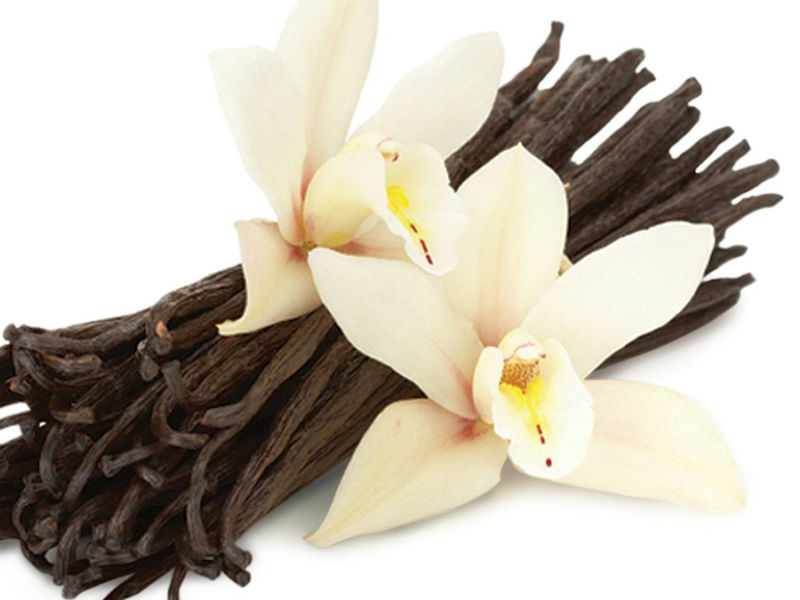
The same vanilla plants that produce Mexican vanilla are used to make natural Madagascar vanilla (bourbon vanilla). However, compared to other types of vanilla beans, it contains a more significant concentration of vanillin. It has a warm, sweet, and creamy flavor as a result of this.
Vanilla plants grow best under Madagascar’s ideal circumstances. The quality of true Madagascar vanilla is aided by fertile soil and a hot and humid climate.
Madagascar is the world’s leading producer of vanilla, accounting for 80 percent of global production. It’s high-quality vanilla with notes of oak, and dried fruits have a sweet, flowery, and earthy flavor.
Madagascar vanilla vs. regular vanilla: what’s the difference?
The difference between Madagascar vanilla and usual vanilla is Madagascar vanilla’s rich, creamy flavor, which is due to its high vanillin content.
However, there are some variances in the way vanilla beans are cured. Green vanilla beans are steeped in hot water for a period before being dried in Madagascar. This is what gives these vanilla beans their distinct and nuanced flavor.
Another distinction is the fertilization of vanilla blossoms.
Because there are no natural pollinators in Madagascar, individuals must hand-pollinate the blossoms, so true Madagascar vanilla is more expensive than Mexican vanilla.
What is Madagascar vanilla syrup and how does it differ from other vanilla syrups?
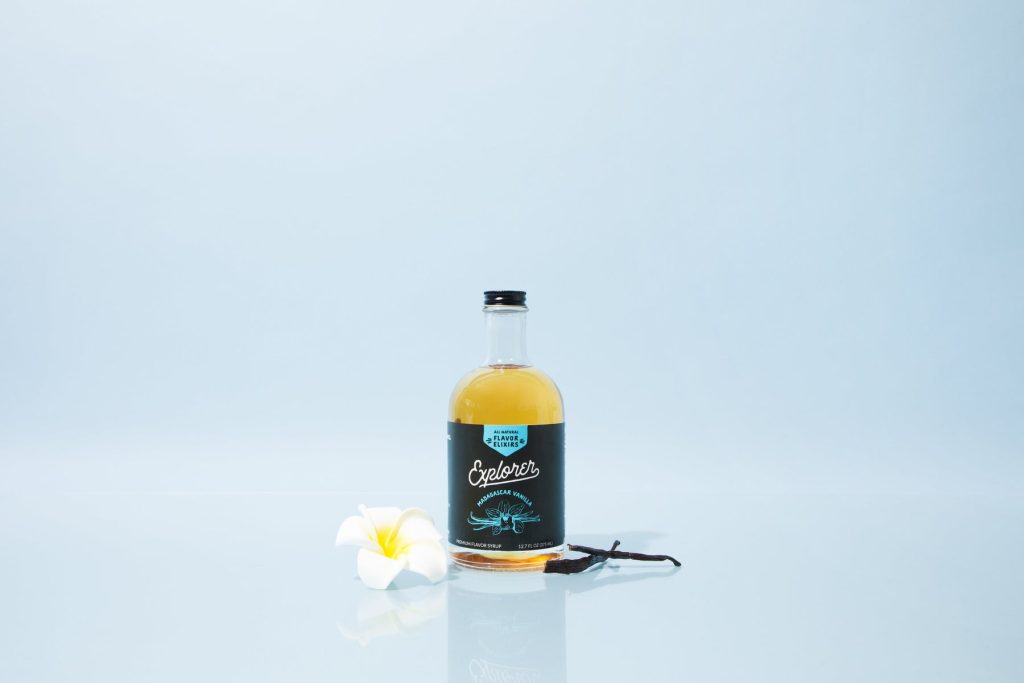
Vanilla essence, water, and granulated sugar make up Madagascar vanilla syrup. It has a thick texture and a sweet flavor.
This syrup can be used as a sweetener in hot and cold beverages, as a flavoring ingredient, and also as a dessert topping. It should not be confused with vanilla extract, as the two are different.
Madagascar vanilla extract is a concoction created by softening and filtering vanilla beans in a solution of ethanol and water.
This vanilla syrup has a thinner texture and a slightly bitter flavor. Cakes, cookies, puddings, ice creams, baked products, and desserts all benefit from it.
What makes Madagascar vanilla so special?
You can distinguish Madagascar vanilla from other forms of vanilla by its distinct flavor. Because it contains the most vanillin of any vanilla bean, it has a rich, creamy, sweet, and mellow flavor.
What is the flavor of Madagascar vanilla?
Because of the high quantity of vanillin in Madagascar, vanilla has a rich, sweet, warm, and creamy flavor. Sweet, floral, and earthy, with overtones of oak, dried dark fruits, and leather, you can characterize its complex flavor as sweet, floral, and earthy. Pears, apples, peaches, strawberries, melon, and ice cream are among the fruits that go well with it.
What causes Madagascar vanilla to be so expensive?
It is pretty expensive because vanilla plants are challenging to grow in Madagascar. Vanilla is produced from vanilla orchid plants, but it takes time and effort.
Madagascar vanilla orchid flowers are manually pollinated. Melipona bees pollinate vanilla orchid flowers in Mexico. The more fantastic price of Madagascar vanilla is also due to this factor.
However, the main reason for the high cost is that weather conditions have deteriorated in the last 2-3 years. A typhoon devastated Madagascar in 2017, destroying numerous vanilla plants. And it takes 3-5 years for the plants to mature and yield pods.
What makes Mexican vanilla so special?
Mexican vanilla is exceptional because it has a distinct, delicate flavor that no other vanilla can match. It has a pleasant, peppery flavor with a woody undertone.
Mexican vanilla goes nicely with cloves, nutmeg, and allspice, among other spices. It works well with a variety of baked goods, ice creams, sweetbreads, cheesecakes, custards, and chocolate desserts.
Tahitian vanilla or Madagascar vanilla: Which is better?
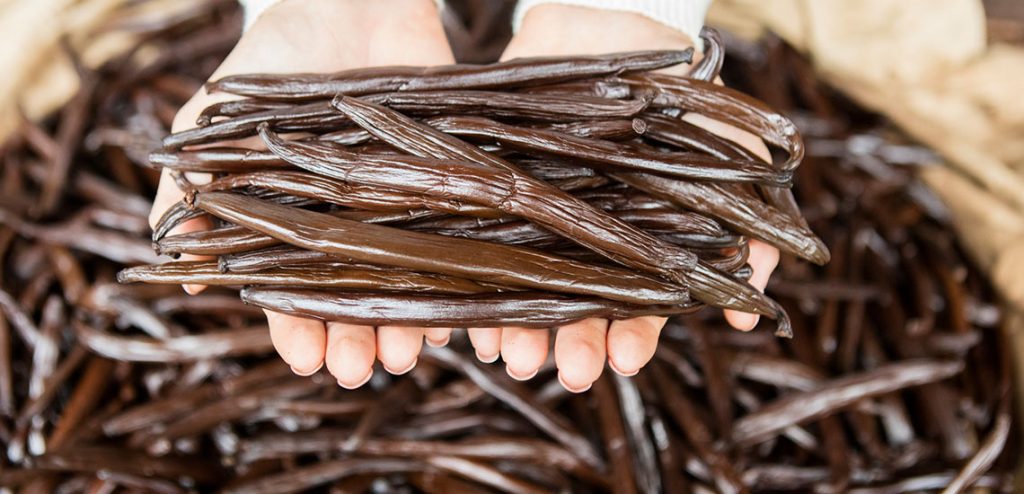
Floral, chocolate, cherry, caramel, and anise flavors are all present in Tahitian vanilla. The flavor of Madagascar vanilla, on the other hand, is rich and creamy.
Vanillin content in Tahitian vanilla is lower than in Madagascar vanilla. It produces only 1% of the world’s vanilla. As a result, it is more difficult to come by and might be more expensive than other vanilla varieties.
You can make use of Vanilla from Tahiti in a variety of sauces, smoothies, puddings, pastry creams, grilled and braised meats, and a variety of other sweet and savory foods.
Is it better to use Madagascar vanilla or Mexican vanilla?
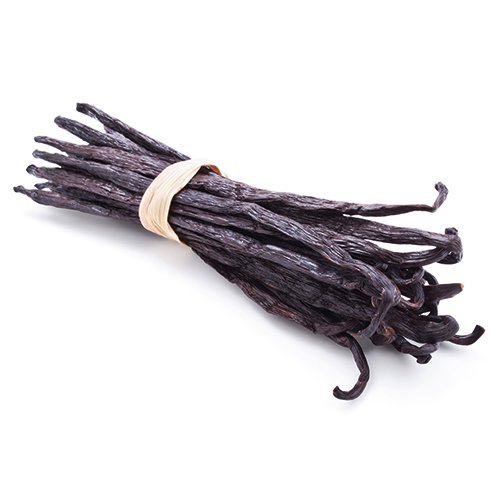
For generations, Mexico has been the world’s leading producer of vanilla. Mexicans were the first to cultivate vanilla orchids. Only melipona bees pollinate vanilla blossoms in Mexico. Additionally, the beans are thicker and have a different flavor than ordinary vanilla beans.
Just be cautious while purchasing vanilla because there are a lot of artificial vanillas out there that contain ingredients that are harmful to your health.
It is purely a matter of personal preference as to which one you choose.
Mexican vanilla is a good choice if you appreciate smooth, spicy, and woody flavors. Alternatively, you can use Madagascar vanilla to offer your recipe a lovely, rich, creamy, and sweet flavor.
Conclusion
Like all other varieties of vanilla, Madagascar vanilla is a one-of-a-kind spice. It adds a lovely flavor to a variety of cakes, cookies, sauces, syrups, and frostings, as well as cold and hot beverages.
Vanilla goes nicely with cinnamon, cloves, nutmeg, ginger, allspice, and cocoa powder, among other sweet spices. All you have to do now is find the correct match for your recipe.











